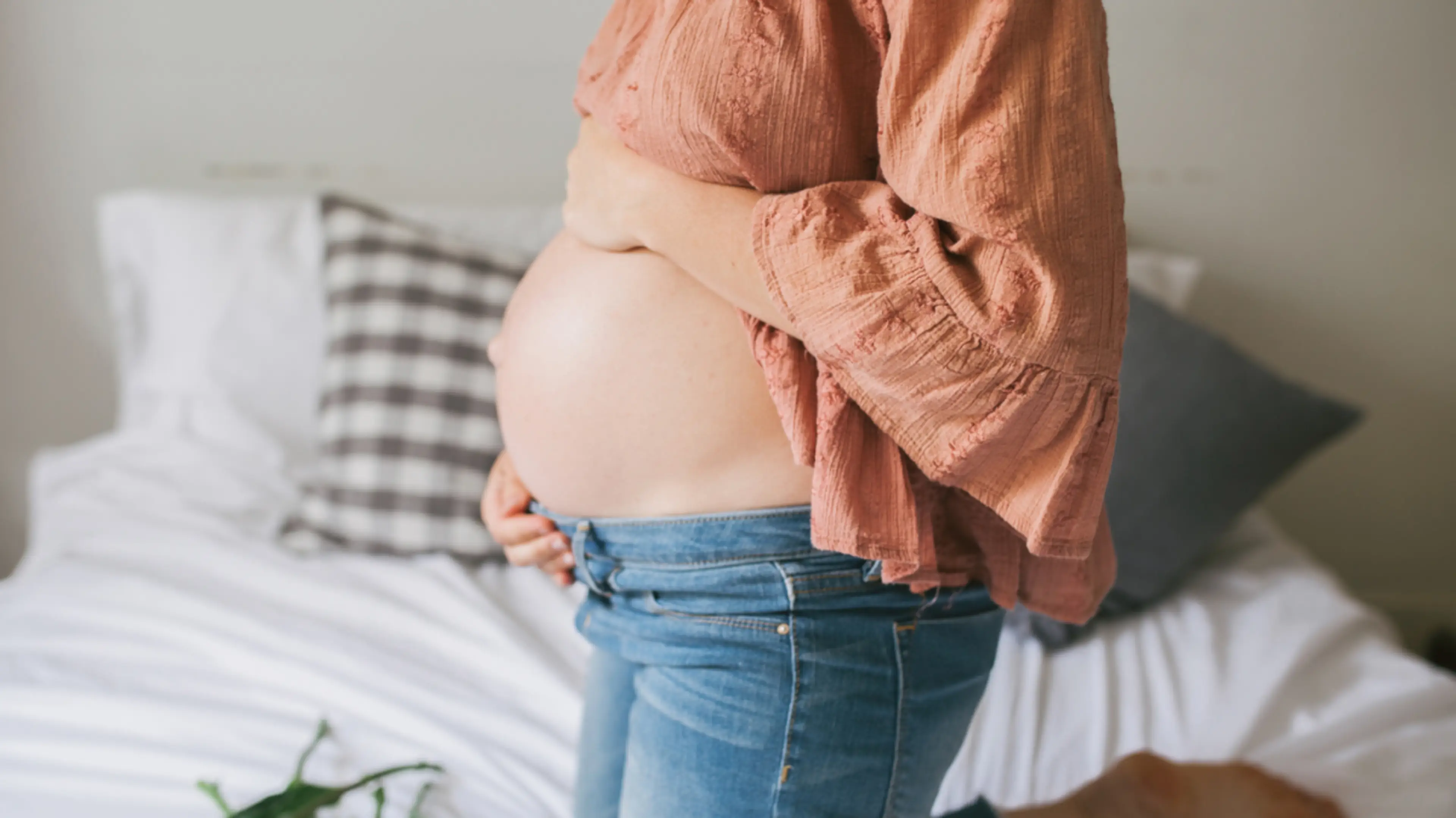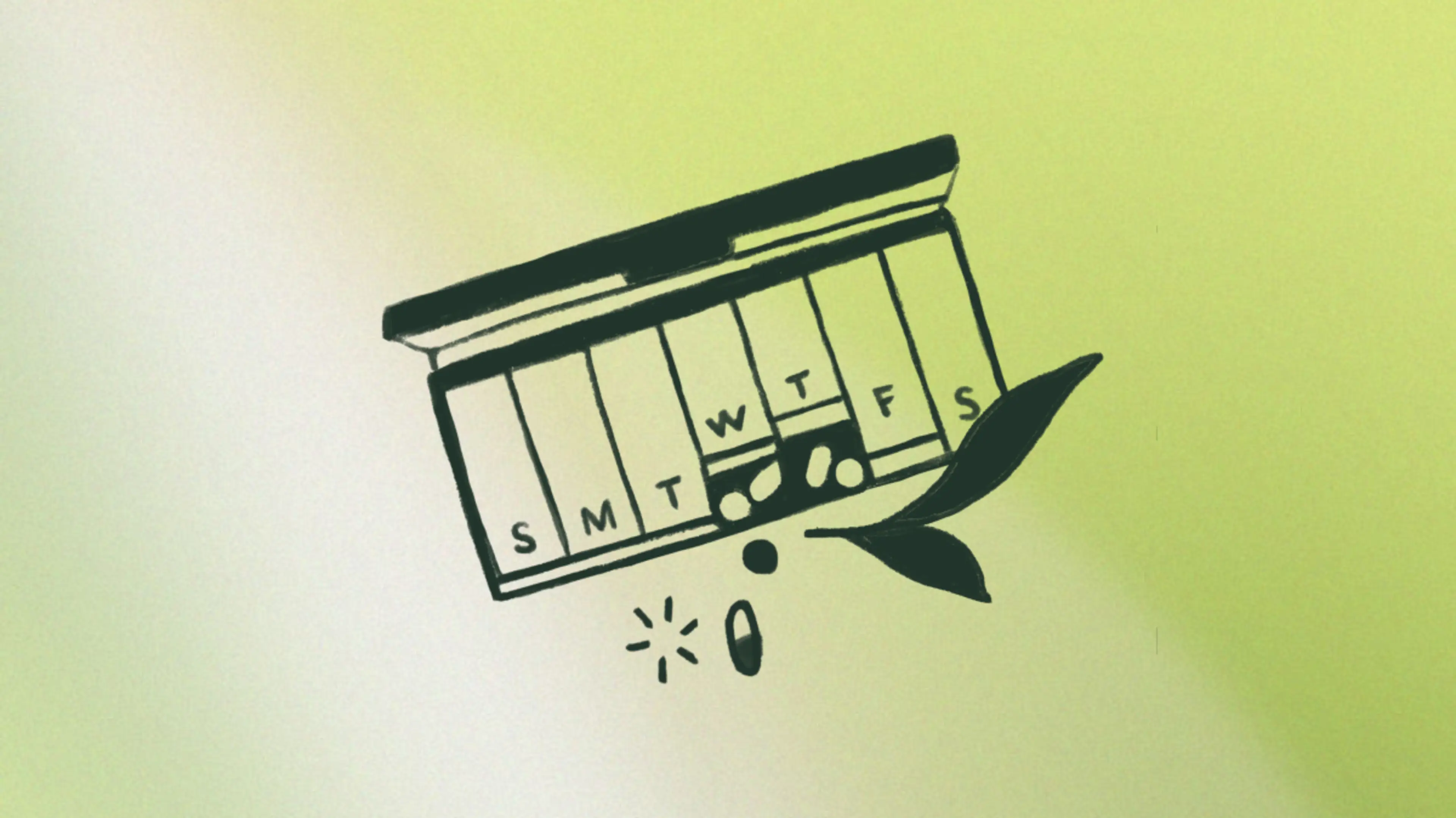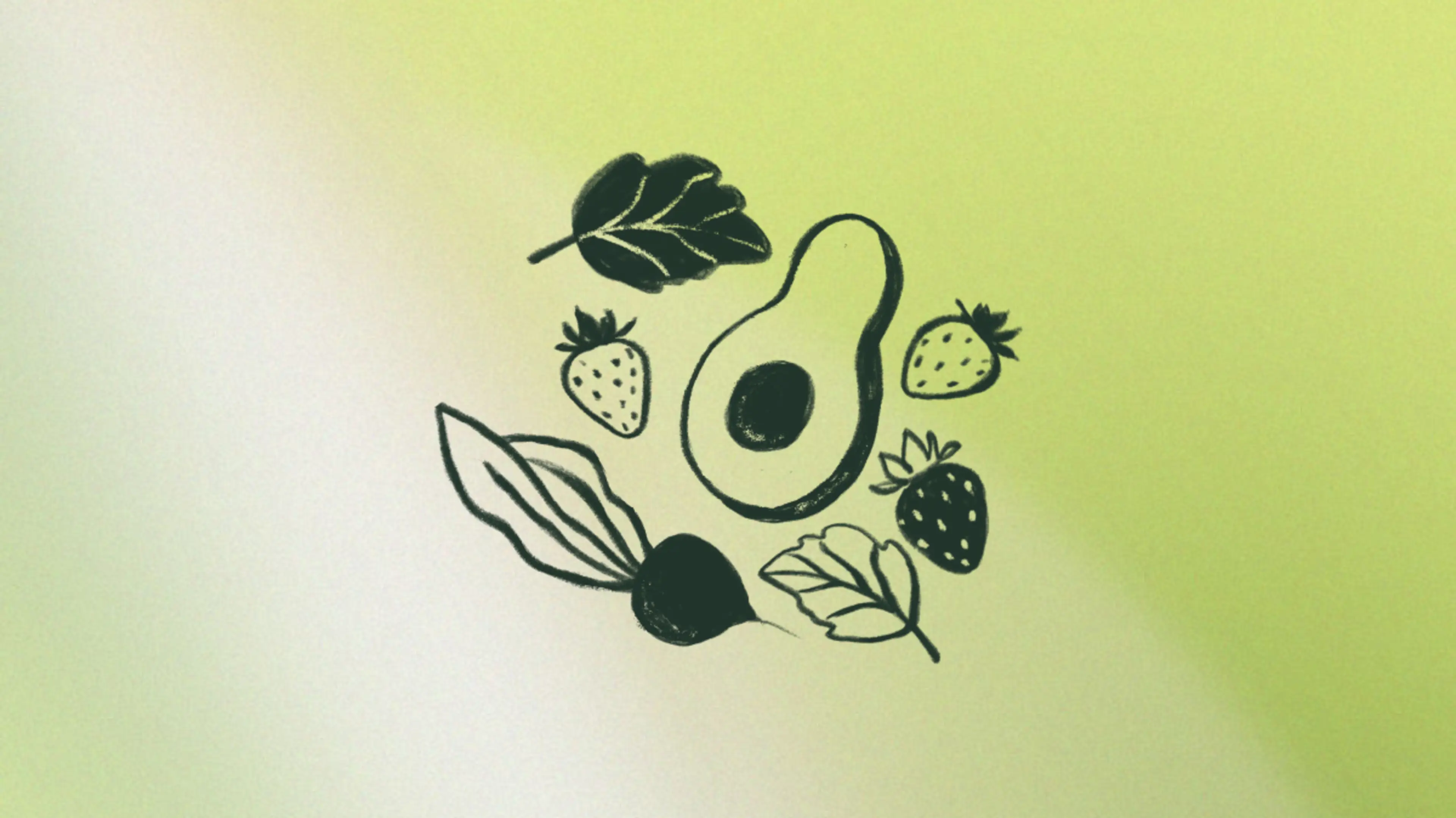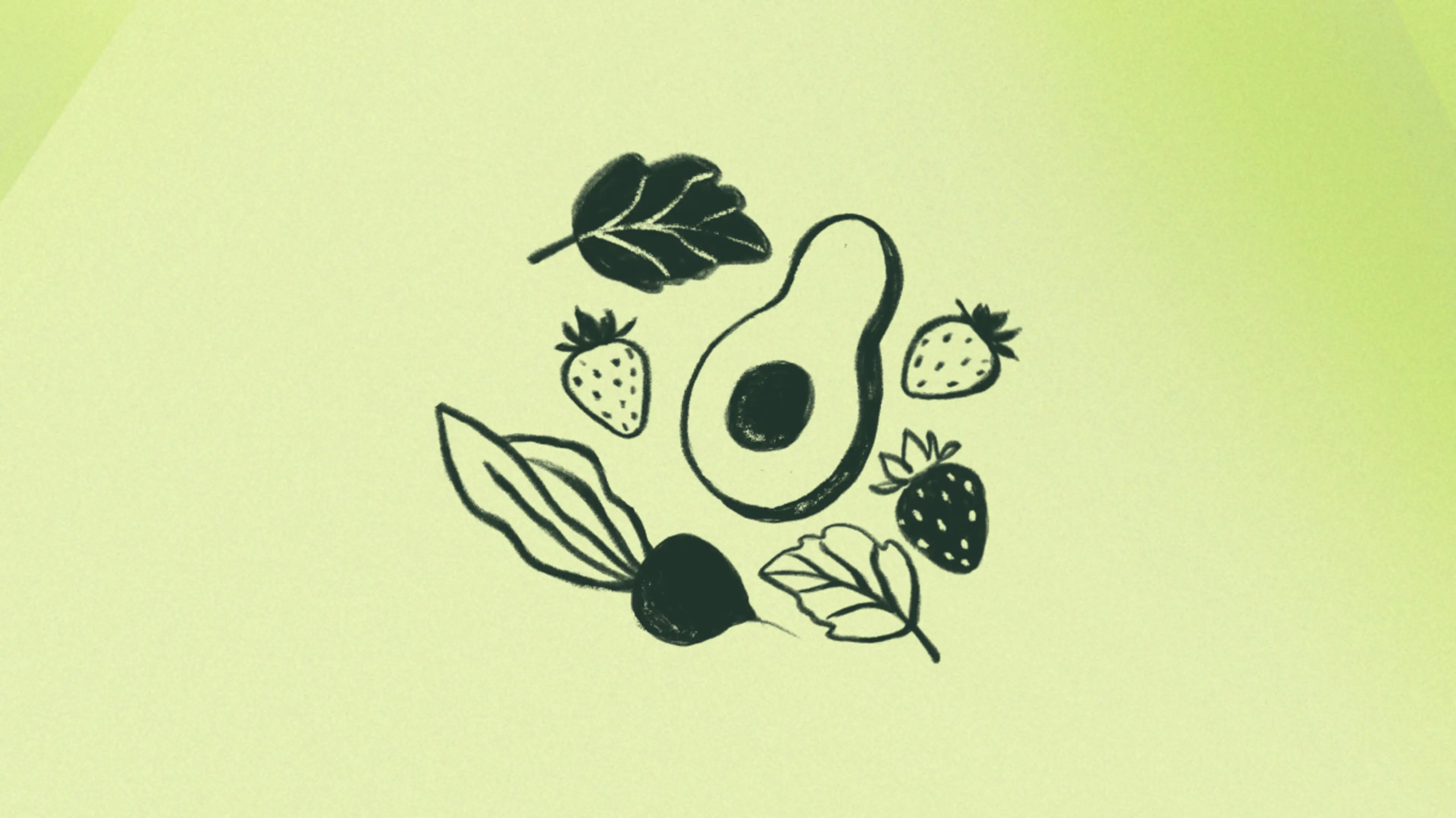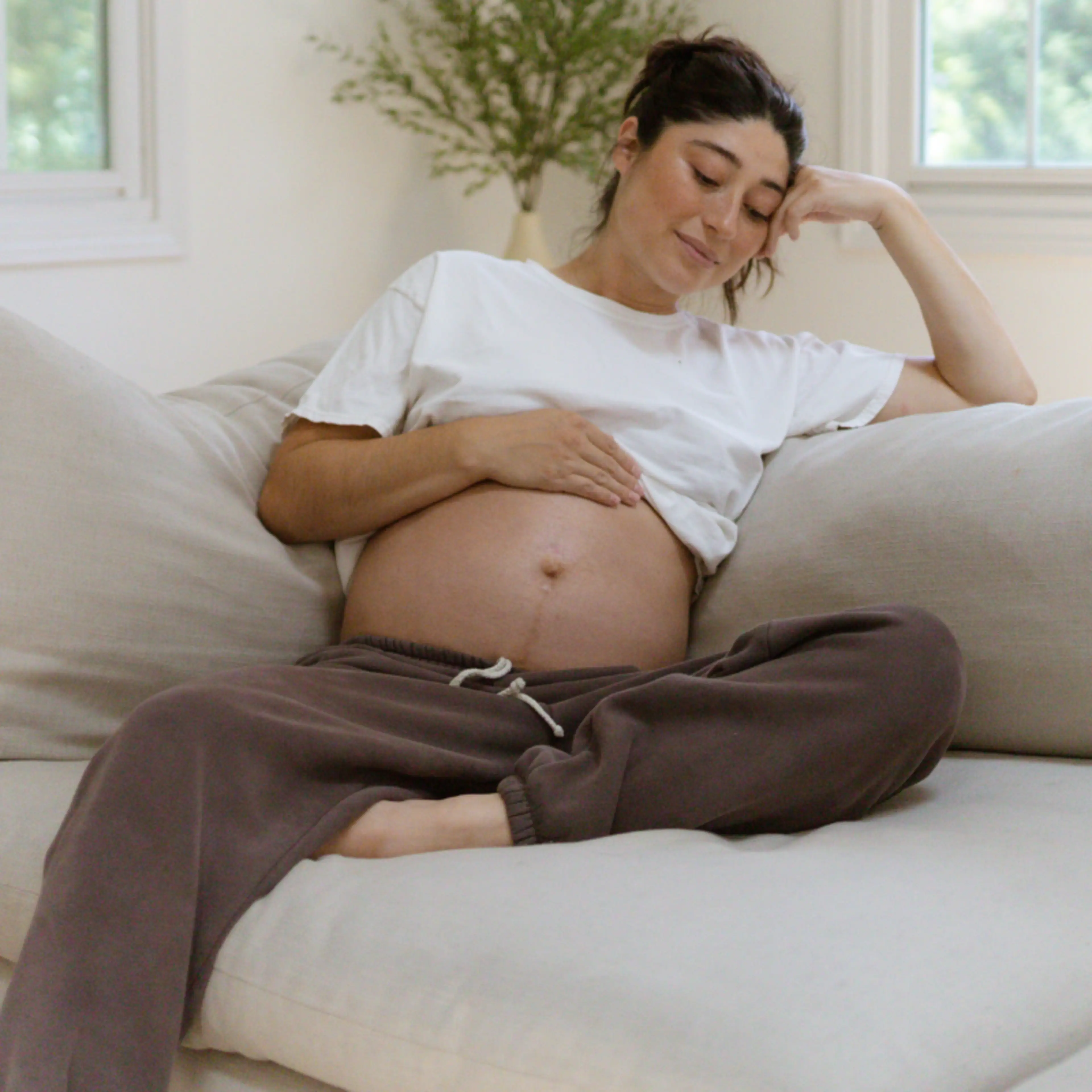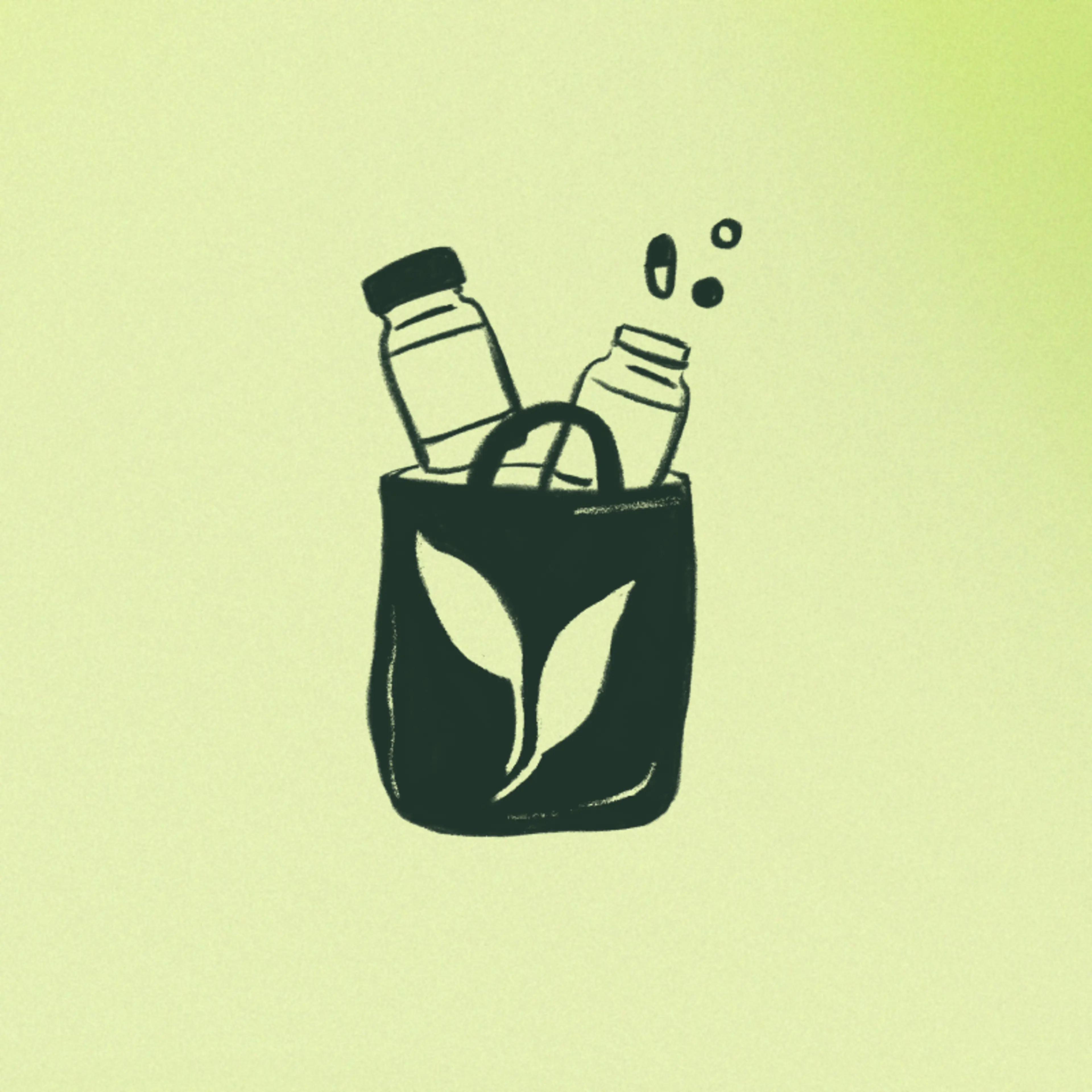Preeclampsia is a pregnancy complication that affects 2-8% of pregnancies2 , according to the American Pregnancy Association. Chances are you’ve heard of this blood pressure condition before either through a conversation with your doctor or via the experience of a friend, family member or coworker.
But what if you’ve been told you’re at risk of preeclampsia yourself? If you’re planning on getting pregnant soon, or you’re already pregnant and know you have a higher risk for the condition, learning how to prevent preeclampsia can put your mind at ease and give you the tools you need to stay healthy.
While many of the things that cause preeclampsia may be out of your control, there are certain things you can do to educate yourself about the condition and help mitigate your risks.
What is Preeclampsia?
Preeclampsia is a serious pregnancy and sometimes postpartum condition that is characterized by high blood pressure and signs that another organ system, most often the liver and the kidneys, may not be working normally, according to the Cleveland Clinic1 .
Preeclampsia Signs, Symptoms, and Diagnosis
There are multiple signs and symptoms of preeclampsia, but the Mayo Clinic3 states that the two main factors required for diagnosis are:
At least two blood pressure readings over 140/90 mm HG taken at least four hours apart.
Protein in the urine, a condition called proteinuria.
Other symptoms can include:
Headache
Abdominal pain
Nausea
Changes in vision
Keep in mind, though, that it’s also possible for preeclampsia to be present without any physical symptoms, which is why it’s so important never to miss a pre- or postnatal visit for blood pressure monitoring.
Preeclampsia is usually diagnosed after 20 weeks pregnant, but in rare cases can also develop after delivery, a condition called postpartum preeclampsia. Although preeclampsia is a very serious condition, there are many blood pressure medications and monitoring options available to monitor mom while baby develops enough for delivery.
How Can I Prevent Preeclampsia?
The best way to prevent preeclampsia is to manage your potential risk factors. There are, however, certain risk factors that are associated with preeclampsia that can be treated and managed—so if you’re someone who’s currently at risk, or if you’ve had preeclampsia in a previous pregnancy and are looking to minimize your risk the next time around, The National Library of Medicine4 recommends these crucial steps you can take to improve your odds.
Regular pre- and postnatal visits. Keeping up on your pre- and postnatal visits with your healthcare provider is crucial when it comes to preventing preeclampsia. While some women develop outward signs and symptoms of the condition, many do not, and the first tip-off is often a higher-than-normal blood pressure reading at the doctor’s office. Even if you’re feeling fine, even if you’re busy at work, and even if you have to figure out how to wrangle your other kiddos at home…please don’t miss a doctor’s appointment during your pregnancy.
Weight management. Two major risk factors of preeclampsia are obesity (specifically having a BMI over 30) and gestational diabetes. So if you’re someone who’s worried about developing preeclampsia during your pregnancy, or especially if you’ve dealt with preeclampsia in a previous pregnancy, you’re going to want to do your best to maintain a healthy weight. What exactly does this mean? If you’re looking to get pregnant, try to reach a mid-range BMI5 before doing so. And if you’re already pregnant, try to be mindful about eating a wide variety of healthy foods. Don’t add extra salt to your food, drink lots of water throughout the day, avoid alcohol, and try to stay away from fried foods and junk food as much as possible.
Exercise. Exercise is great for you anytime, but especially when you’re pregnant; it can reduce discomfort, boost your mood, build your endurance for labor, and even help you sleep better. It can prevent excess weight gain, as well as help lower blood pressure in some women—just what the doctor ordered if you’re thinking about how to prevent preeclampsia. Walking, swimming and prenatal yoga can be great, but be sure to talk with your doctor about what’s safe and what’s not for you and your pregnancy.
Medication and supplements. This is definitely one to discuss one-on-one with your healthcare provider, but if you meet certain preeclampsia risk factors, taking low-dose aspirin and adding calcium supplements6 to your diet may reduce your risk of preeclampsia. You’ll want to discuss the pros and cons of this with your doctor or midwife, of course, and not begin any medication or vitamin regimen without specific approval from your provider.
According to Dr. Sara Twogood, an ob-gyn in Los Angeles and co-founder of Female Health Education,7 the best way to lower your risk of preeclampsia is by “starting a pregnancy at the healthiest version of yourself.”
Preeclampsia Diet
There’s no magic diet that can prevent preeclampsia. But eating plenty of fruits, vegetables, whole grains, healthy fats, and lean proteins is always a good idea, whether you’re pregnant or not. Since weight and BMI are two of the risk factors of preeclampsia that can be managed to help decrease your risk, it’s helpful to know what nutrients to keep an eye out for and where to find them in order to help manage your weight, keep yourself healthy and support your baby’s growth and development along the way. Brigham Health8 recommends the following diet:
Folic acid. Known to prevent birth defects and reduce the risk of premature birth, folic acid can be found in leafy greens, citrus fruits, dried beans, and fortified cereal.
Calcium. Calcium is in everything from milk and yogurt to cheese, salmon, and spinach. Getting enough of it means you and your little one will have strong bones and teeth.
Vitamin D. Fatty fish, like salmon, is a great source of this vitamin that also helps to build your little one’s teeth and bones.
Iron. Pregnant women need double the amount of iron as nonpregnant women, so it’s important to make sure you’re getting enough. Good sources of iron include lean red meat, poultry, fish, beans, and spinach.
Your prenatal vitamin will have many of these vitamins and minerals, but it’s good to get from real food sources as well, whenever possible.
Dr. Twogood also recommends “ decreasing stress and sleeping well.”
If you’re concerned about preeclampsia, be sure to talk about healthy ways you may be able to prevent it with your healthcare provider.

